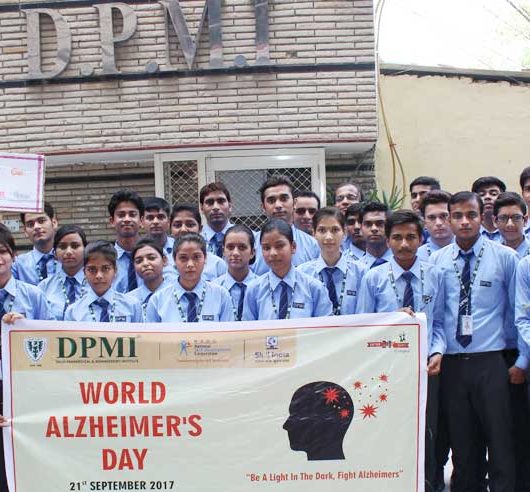Lung Cancer
Lung cancer is a malignancy that begins in the tissues of the lungs. It is one of the most prevalent and deadly forms of cancer worldwide. Lung cancer is often categorized into two primary types: non-small cell lung cancer (NSCLC) and small cell lung cancer (SCLC).
NSCLC is the most common form, accounting for approximately 85% of lung cancer cases. It comprises several subtypes, including adenocarcinoma, squamous cell carcinoma, and large cell carcinoma. Adenocarcinoma often occurs in the outer part of the lung and is more common in non-smokers and former smokers. Squamous cell carcinoma typically arises in the bronchial tubes and is often linked to smoking. Large cell carcinoma is a less common subtype with rapid growth.
SCLC is less common but tends to grow more rapidly and is often diagnosed at an advanced stage. It is strongly associated with smoking.
Risk factors for lung cancer primarily include smoking, both active and passive (exposure to second hand smoke). Other risk factors include exposure to radon gas, asbestos, occupational carcinogens, a family history of lung cancer, and certain genetic factors.
Symptoms of lung cancer can vary but may include a persistent cough, chest pain, coughing up blood, unexplained weight loss, fatigue, and shortness of breath. Early detection is crucial for better treatment outcomes, and this can be achieved through screening programs for high-risk individuals.
Treatment options for lung cancer depend on the type and stage of the disease and may involve surgery, radiation therapy, chemotherapy, targeted therapy, immunotherapy, or a combination of these approaches. Smoking cessation is a critical preventive measure as it significantly reduces the risk of lung cancer.
In summary, lung cancer is a complex and devastating disease that affects millions of people worldwide. Understanding its types, risk factors, and symptoms is essential for early detection and effective treatment. Efforts to reduce smoking rates and promote lung cancer awareness are vital in the ongoing battle against this deadly cancer.
Submitted by
Ms Nahida
Faculty- Histopathology



